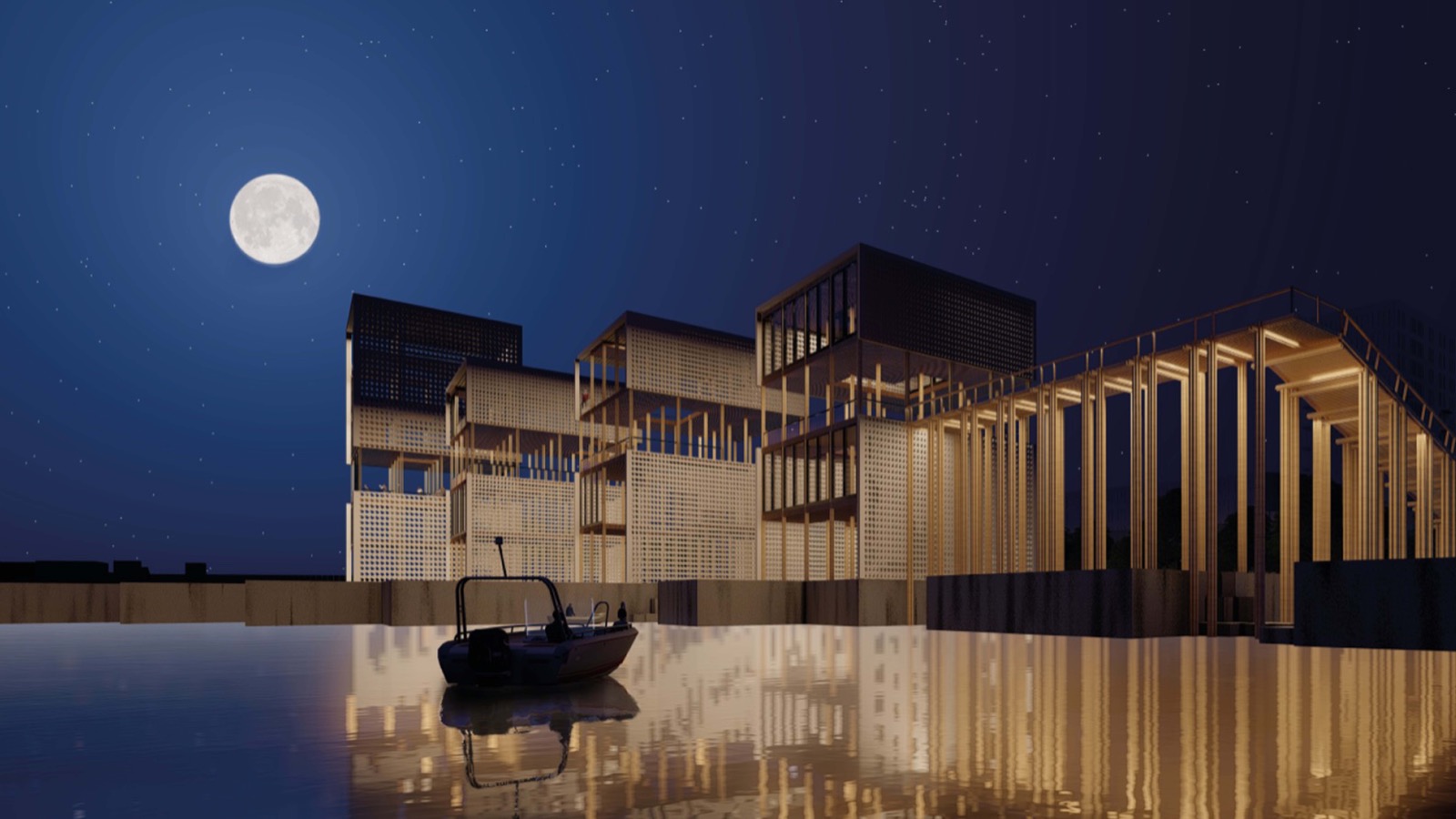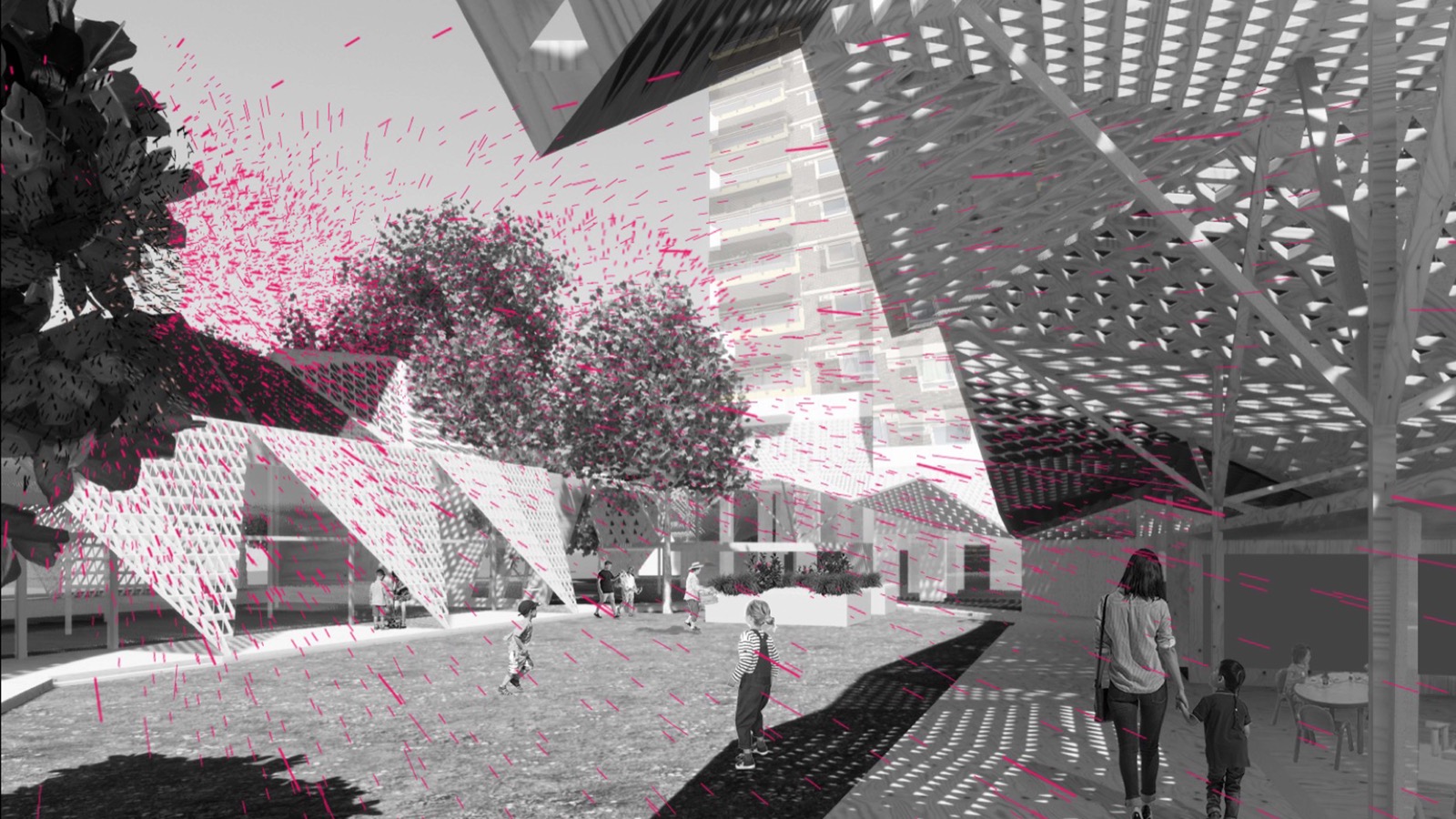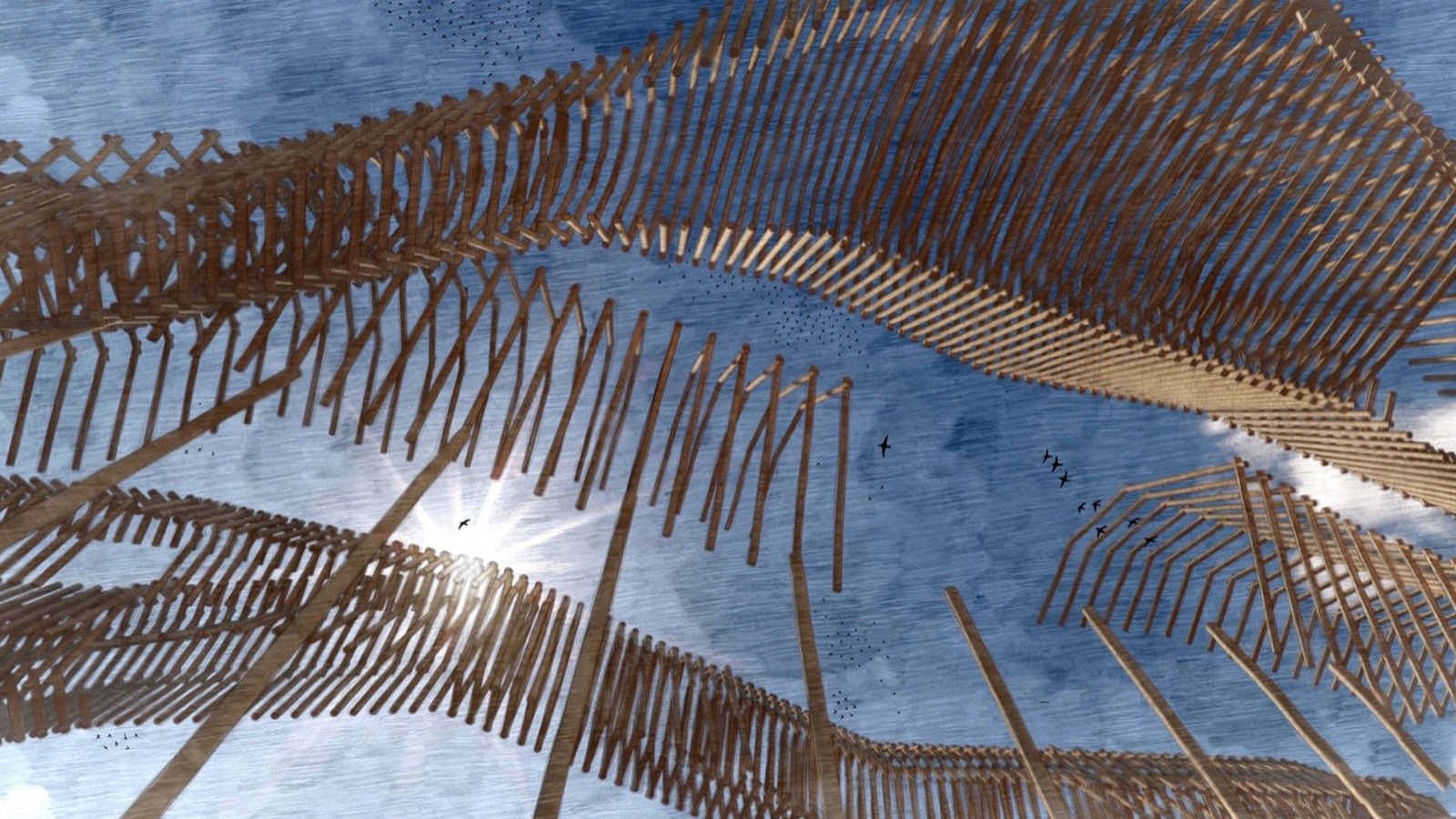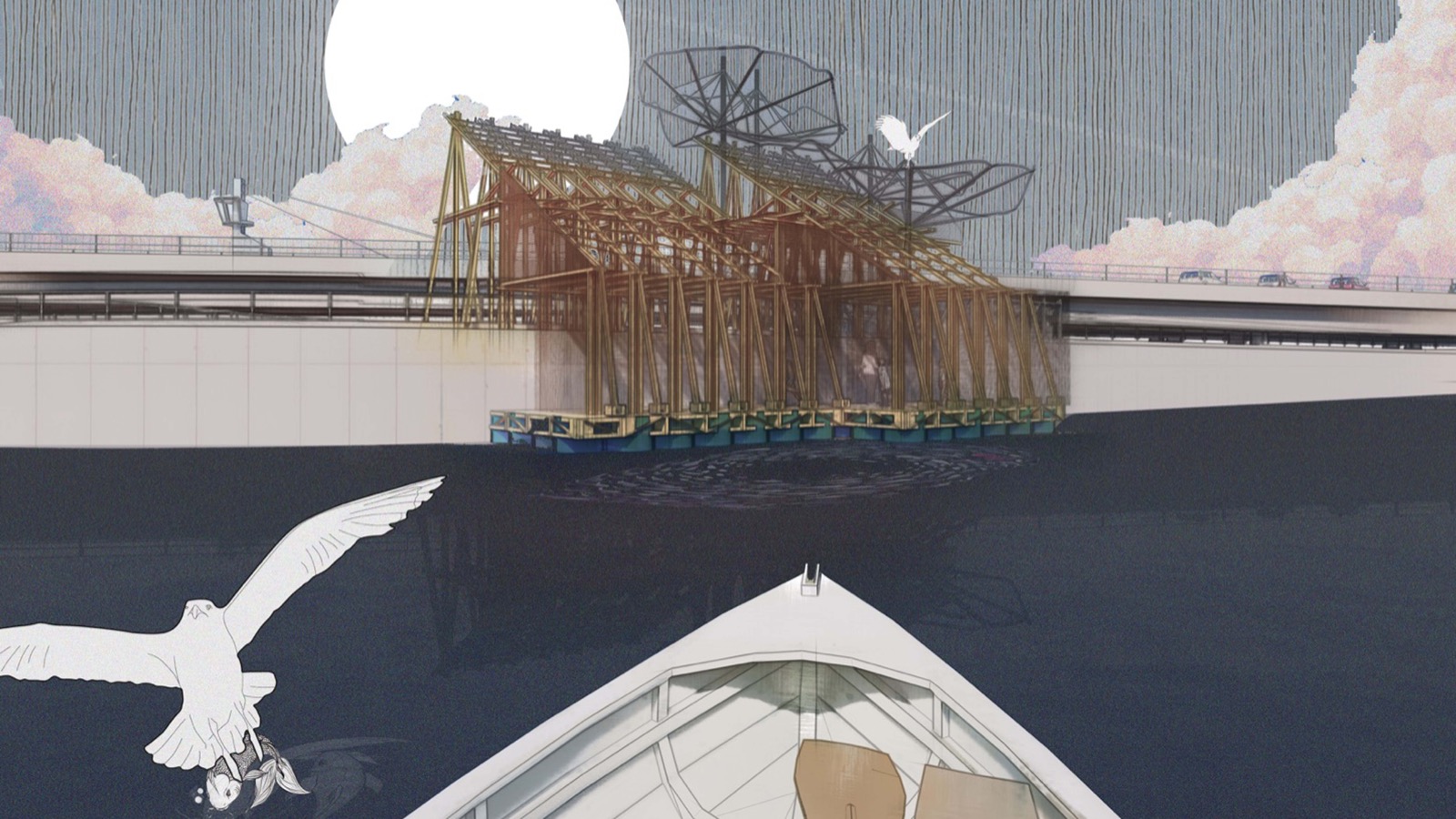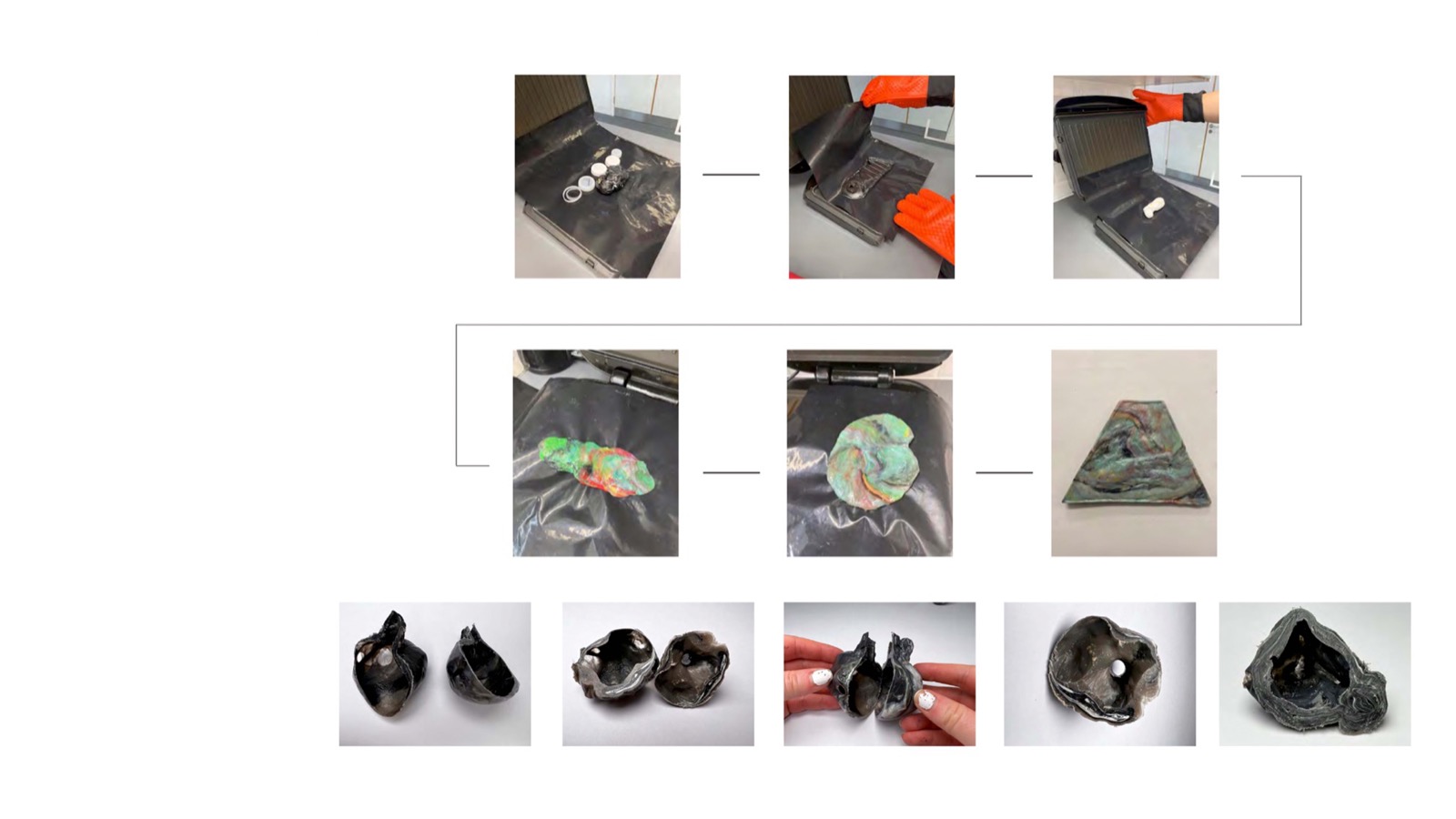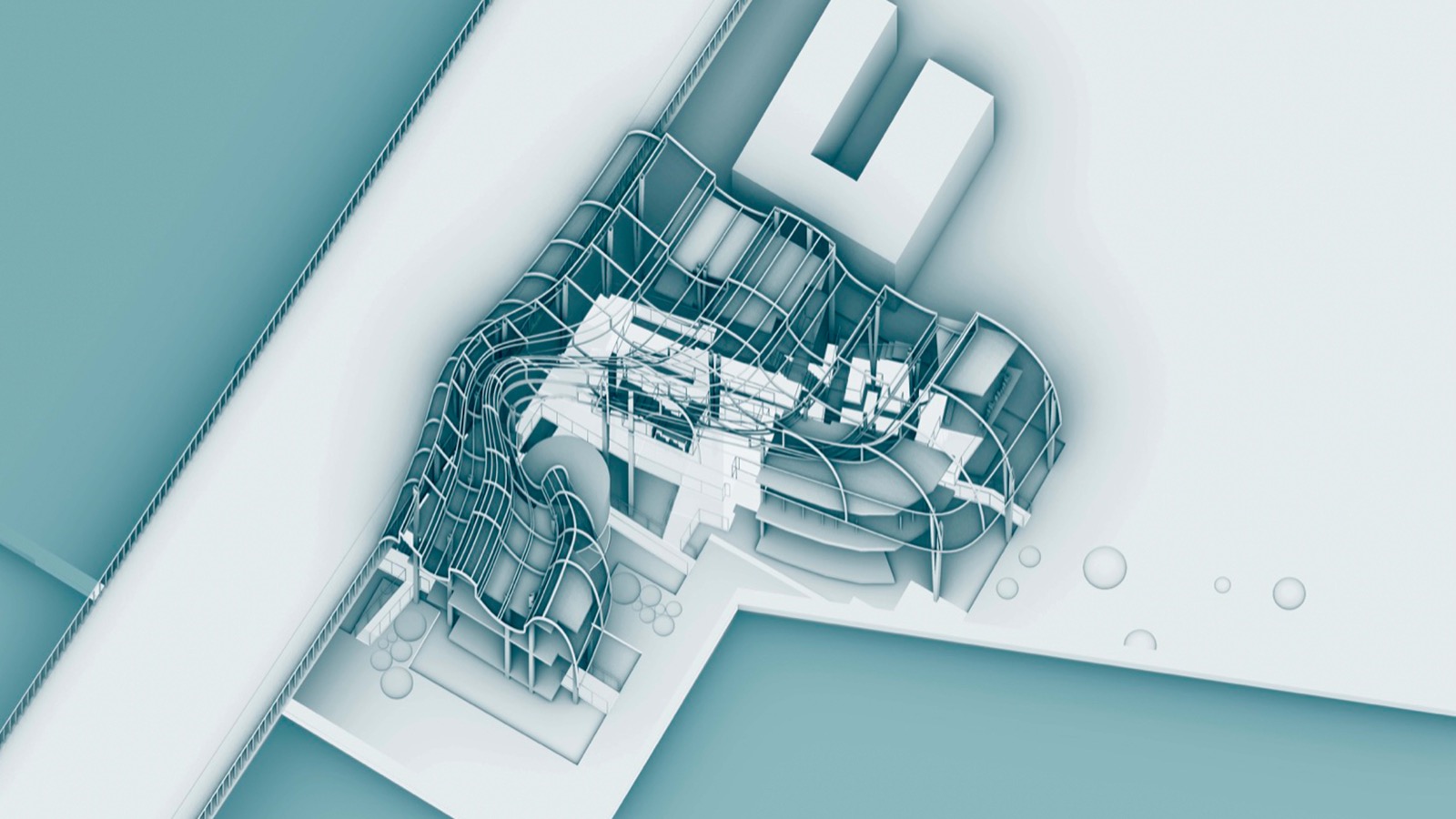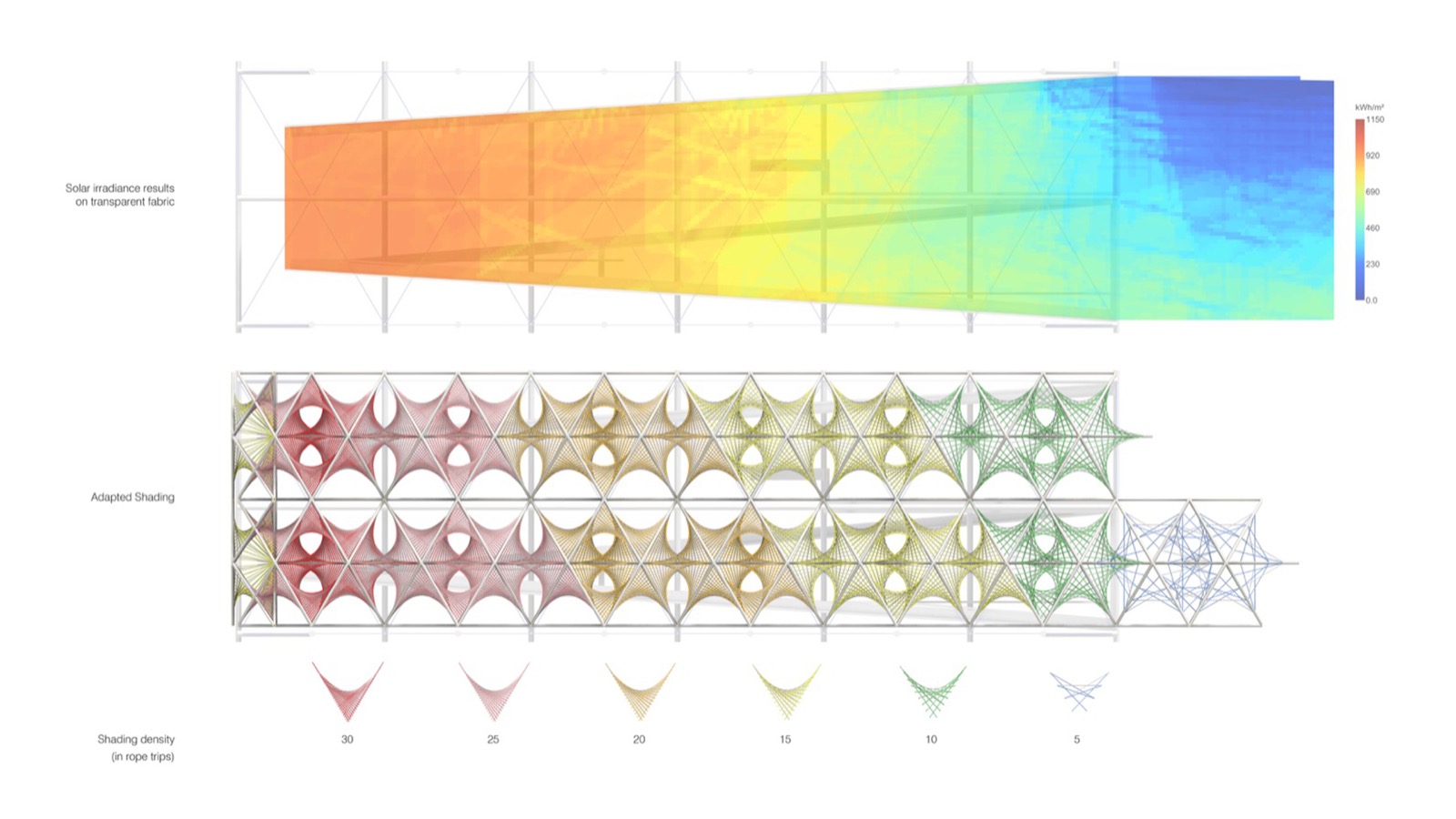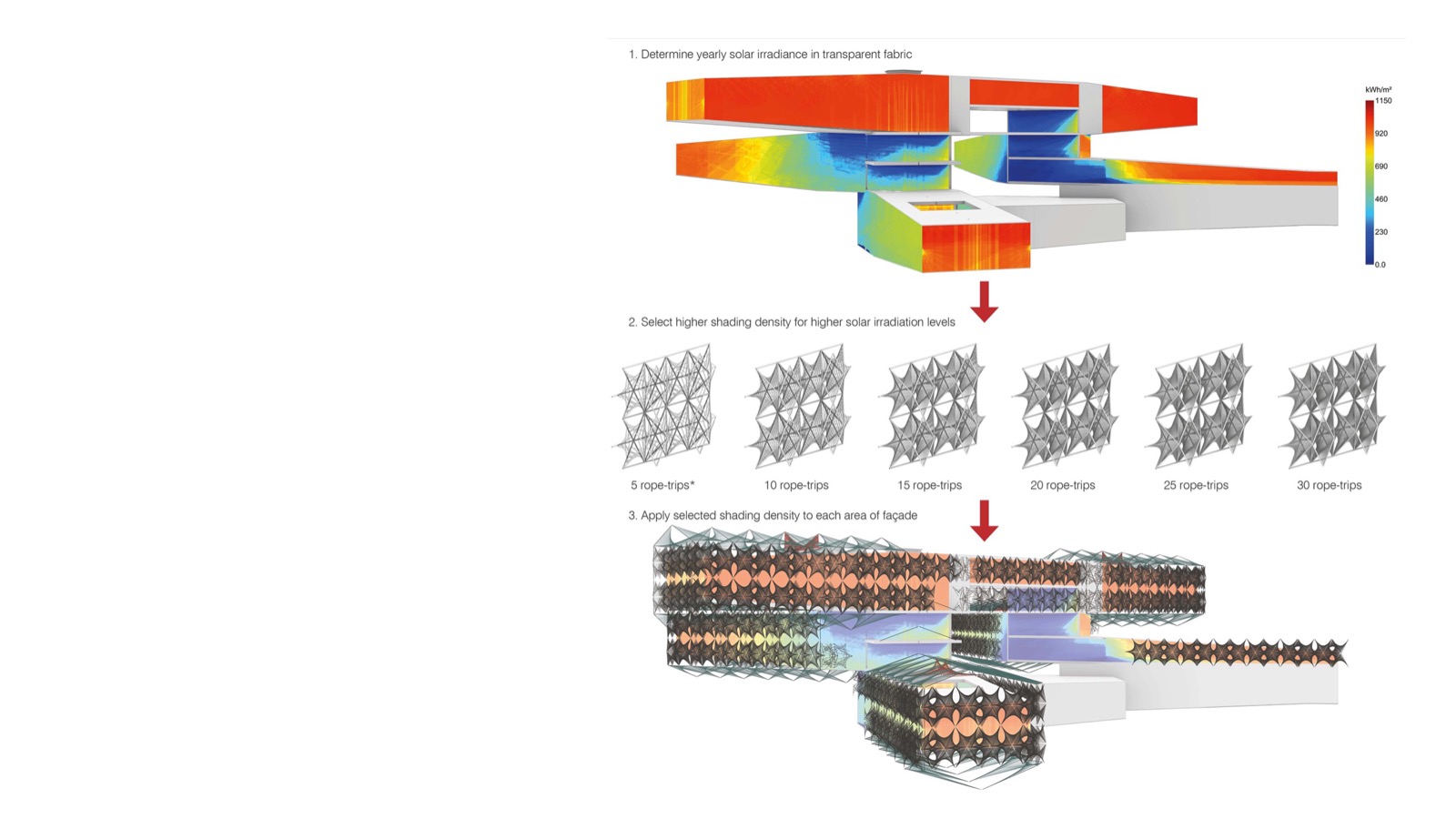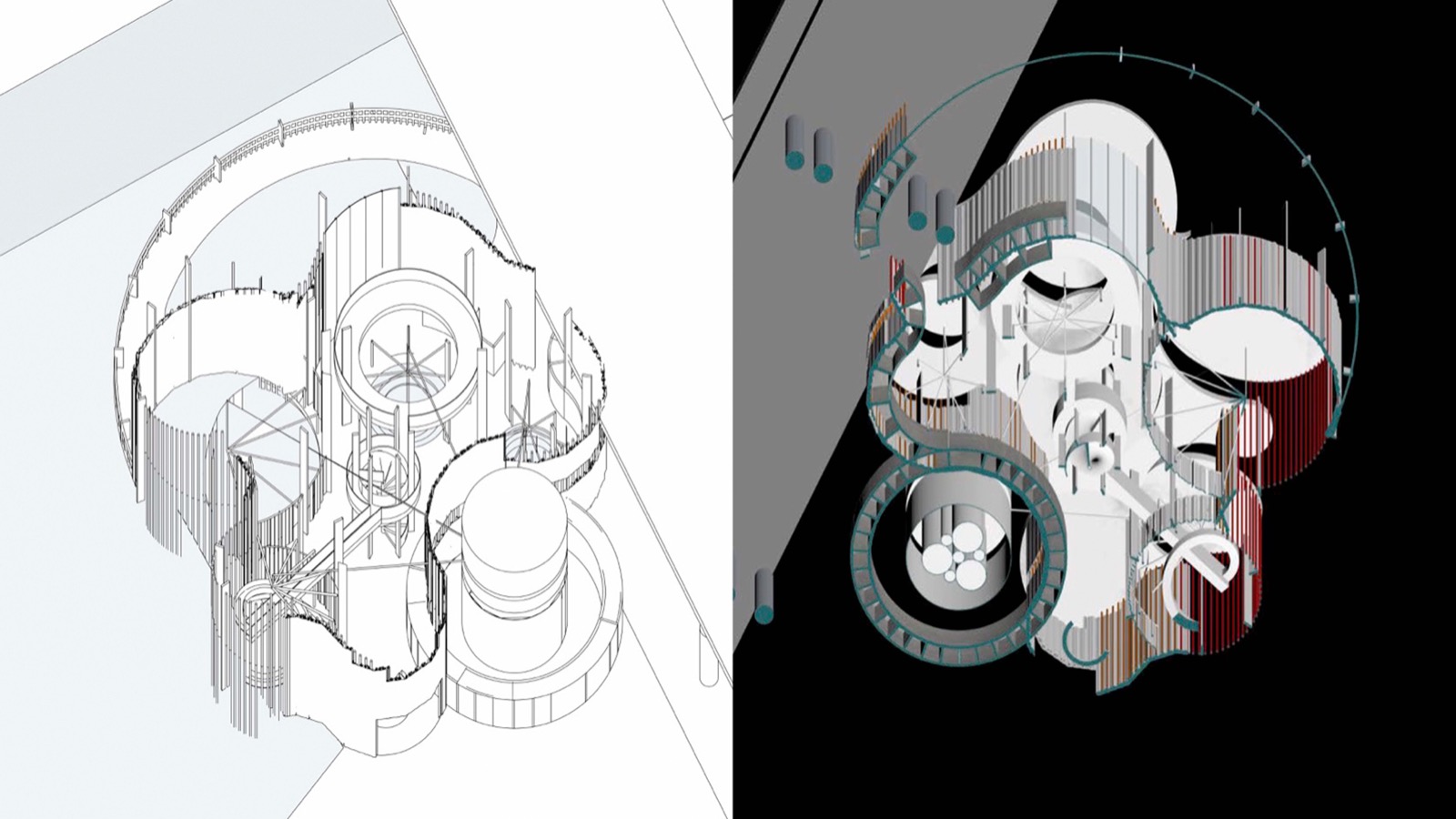BSc Architecture and Environmental Design Year 3 ARCHIVE
Tutors: John Zhang, Roberto Bottazzi, Paolo Cascone and Ben Pollock
Roberto Bottazzi’s research analyses the impact of digital technologies on architecture and urbanism. He is the author of Digital Architecture beyond Computers: Fragments of a Cultural History of Computational Design.
Paolo Cascone is the founding director of CODESIGNLAB. His research on high/low tech design and performative architecture sits at the intersection of environmental engineering and sustainable architecture.
Ben Pollock is an architect and co-founder of 4D Island, a research collective investigating sustainable development and climate adaptation.
John Zhang is an architect and director of Studio JZ. He has a particular research interest in museums as spaces for climate action.
Adaptive Habitat for a Post-Pandemic World
A key aim of last October’s COP26 in Glasgow was ‘adapt to protect communities and natural habitats.’
This year, we have used the Royal Docks area in London as our test bed to consider how we can ‘adapt’ to meet the challenges of Climate Change. Through the design of a network of small-scale prototypes and a large-scale hub building, we have been exploring new ways in which communities and natural habitats can become symbiotic, resilient, adaptive and sustainable.
A particular emphasis this year, as we return to campus, is the understanding of our creative practices and solutions in the post-pandemic world. The lockdown has brought our fraught and problematic relationship with nature into sharp focus. In the age of climate crisis and the pandemic, how should we recalibrate our relationship to nature in the way we live, work, recreate, and participate in public life?
We have sought to follow a process of evidence-informed research and design, anchored in the data and the reality of the Royal Docks’ imminent development. Critical to the success of the students’ proposals is an evidence-informed and iterative methodology for developing research from ‘data’, be it environmental, ecological, typological, morphological, socio-economic, or historic.
We have encouraged students to push the boundary and consider how the environment can be better communicated through systems of architectural representation. The design processes have also been rooted in the inter-connectivity between all the modules: from cultural context to technical studies; from professional awareness to the exploration of fabrication and material experimentation at 1:1.
Over the course of the year, successful proposals have emerged which offer original approaches to sustainable design: from sustainable methods of construction to building performance; from careful consideration of spatial tectonics to creating socio-economically sustainable communities; from human comfort to sustainable ecologies that address non-human inhabitants.
Archive of BSc Architecture and Environmental Design Year 3’s work from previous years:
BSc Architecture and Environmental Design Y3 2019-2020
BSc Architecture and Environmental Design Y3 2020-2021










